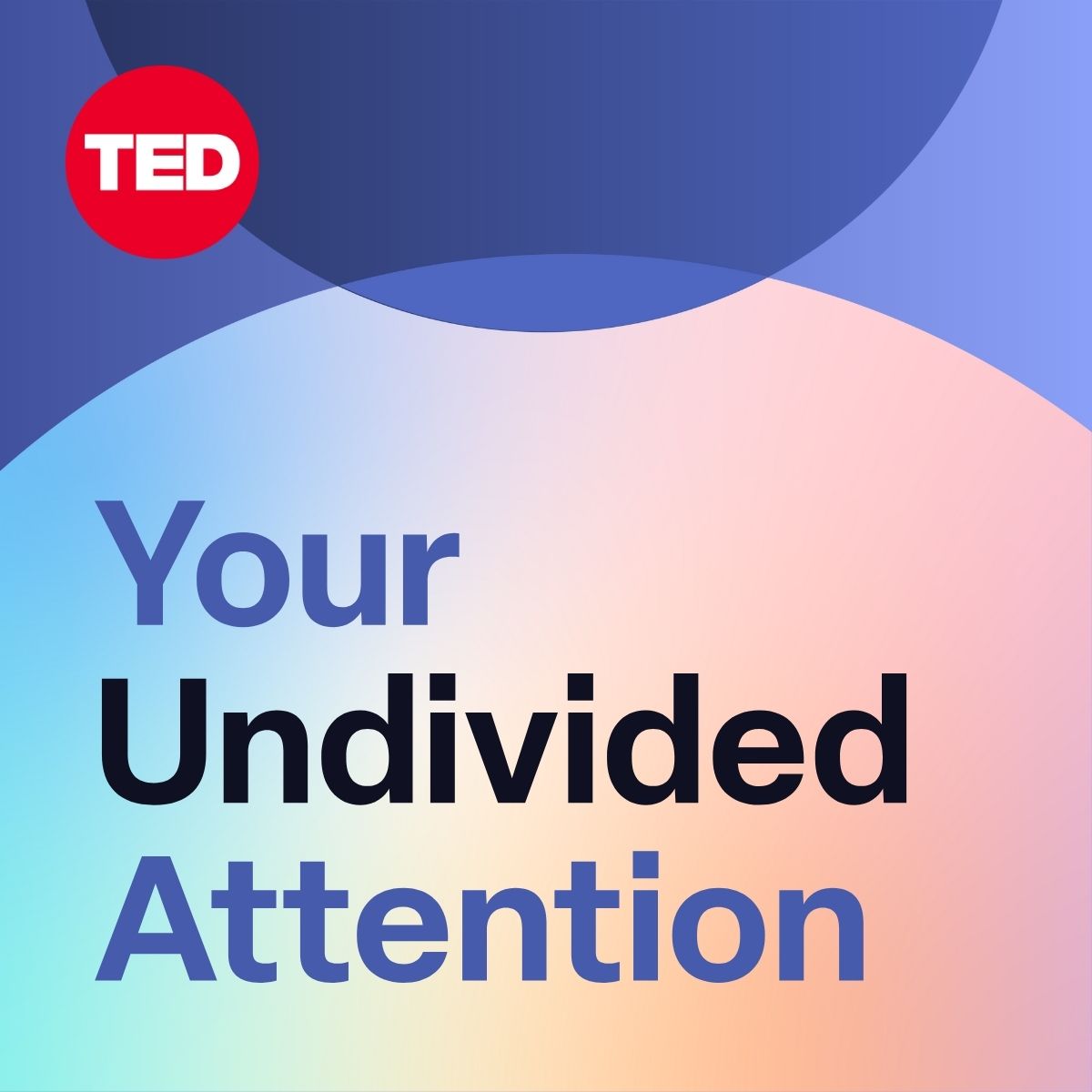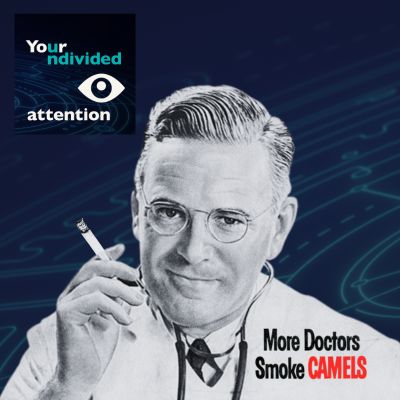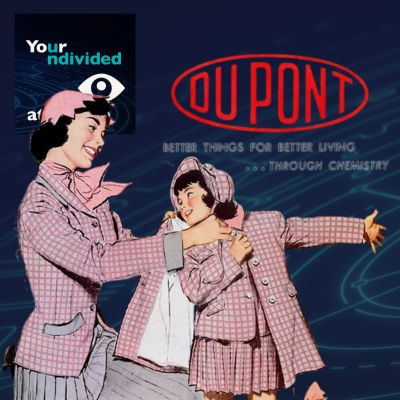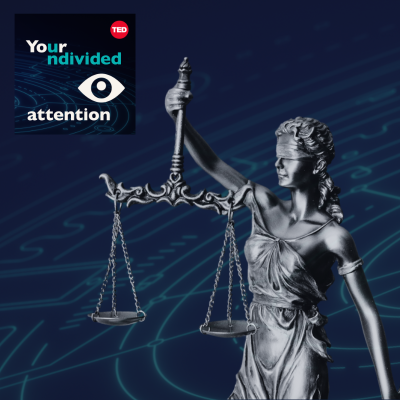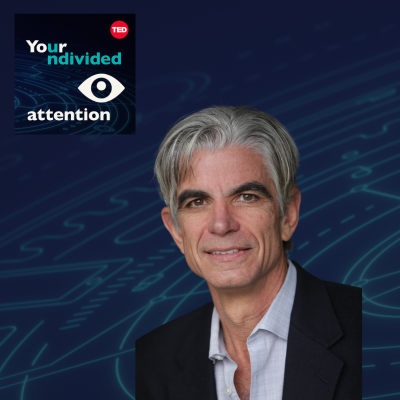118 | Sep 11, 2025
The Crisis That United Humanity—and Why It Matters for AI
In 1985, scientists in Antarctica discovered a hole in the ozone layer that posed a catastrophic threat to life on earth if we didn’t do something about it. Then, something amazing happened: humanity rallied together to solve the problem.
Just two years later, representatives from all 198 UN member nations came together in Montreal, CA to sign an agreement to phase out the chemicals causing the ozone hole. Thousands of diplomats, scientists, and heads of industry worked hand in hand to make a deal to save our planet. Today, the Montreal protocol represents the greatest achievement in multilateral coordination on a global crisis.
So how did Montreal happen? And what lessons can we learn from this chapter as we navigate the global crisis of uncontrollable AI? This episode sets out to answer those questions with Susan Solomon. Susan was one of the scientists who assessed the ozone hole in the mid 80s and she watched as the Montreal protocol came together. In 2007, she won the Nobel Peace Prize for her work in combating climate change.
Susan's 2024 book “Solvable: How We Healed the Earth, and How We Can Do It Again,” explores the playbook for global coordination that has worked for previous planetary crises.
Your Undivided Attention is produced by the Center for Humane Technology. Follow us on X: @HumaneTech_. You can find a full transcript, key takeaways, and much more on our Substack.
Corrections:
Tristan incorrectly stated the number of signatory countries to the protocol as 190. It was actually 198.
Tristan incorrectly stated the host country of the international dialogues on AI safety as Beijing. They were actually in Shanghai.
